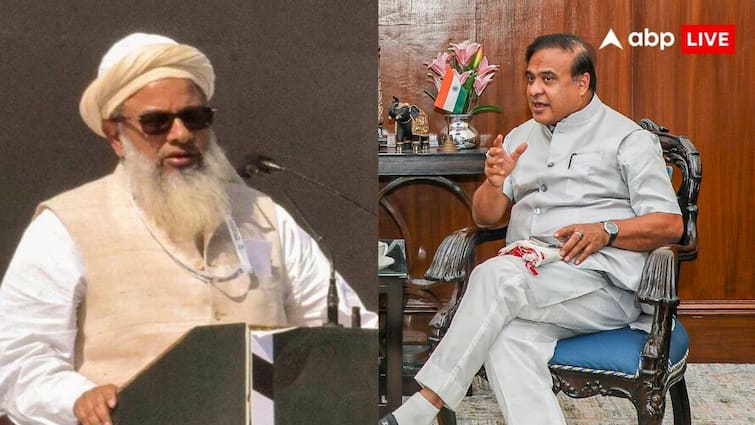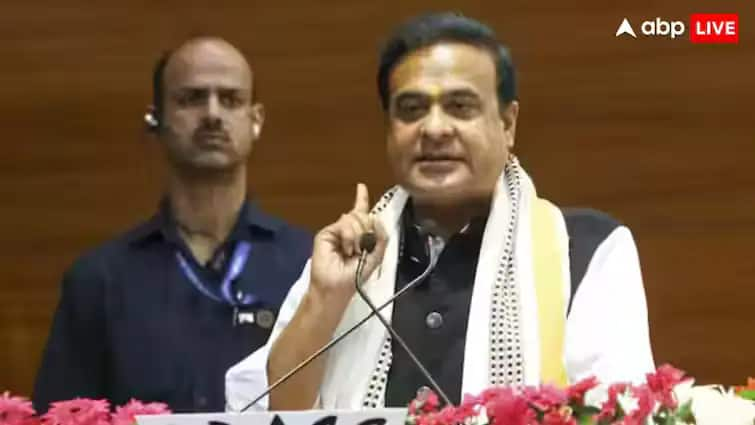- September 7, 2023
Four Interesting Instances That Portray Lord Krishna’s Arrival to Assam – News18

Lord Krishna had married Rukmini who hailed from Assam, which was called Kamurpa in the pre-historic era. In ancient times, the kingdom of the Chutia community (tribe) ruled over parts of Assam and Arunachal Pradesh.
Bhismaknagar has been identified as Sadhayapuri (or Svadhayapuri), the political centre of the Chutia Kingdom. Based on the inscription on bricks, it is assumed to be the capital of Chutia king Lakṣmīnārāyaṇa of the early 15th century.
Rukmini Haran
Bhismak was a powerful king at that time and the capital of the kingdom was named after him – Bhismak Nagar. Princess Rukmini was his only daughter, who was attracted to Lord Krishna for his virtue, character, charm and greatness.
She fell in love with Lord Krishna and professed her desire to marry him in front of her father. Rukmini’s ambitious brother, Prince Rukmi, strongly opposed the union and proposed her marriage to his friend Shishupala, crown prince of Chedi, a close associate of ruthless emperor Jarasandha and hence an ally of Rukmi.
Shishupala’s pressure led Bhismak to arrange the ‘Swayamvar’ of Rukmini. Not finding a way out of this, Rukmini sent a message to Lord Krishna. Upon receiving the message, Lord Krishna set out on a journey to the eastern part of Bharat.
Krishna arrived in Assam on the day of Rukmini’s ‘Swayamvar’ and eloped with her in his chariot to his kingdom of Dwarka in Gujarat. The incident had been mentioned in the Mahabharat and Puranas.
Rukini’s brother, Rukmi chased and fought with Krishna but lost the battle. Krishna spared Rukmi’s life at the request of Rukmini but shaved his head as punishment.
The great Vaishnaban saint of Assam Srimanta Shankardev composed a play named ‘Rukmini Haran’ based on the instance.
Parijat Haran
Lord Krishna’s second wife Satyabhama once demanded the heavenly flower Parijat and its plant to be brought to earth from Devraj Indra’s garden. To fulfil his wife’s wish, Lord Krishna went to Indrapuri and collected the Parijat plant.
On his way back, he decided to give his horses a rest at a place near the Brahmaputra River. The place where Lord Krishna’s horses rested is known as ‘Aswaklanta’. The place is a Hindu pilgrimage near Guwahati.
Princes of Chapanala, Samaguri (near Nagaon) Sudhama and Sutatha
In another anecdote, it is believed that during the Rajasuya Yayjna, the Ashwamedh horse was barred and captured by two Princes of Chapanala, Samaguri (near Nagaon) Sudhama and Sutatha, who defeated Bheema and Arjuna in battle.
Lord Krishna then intervened and Bheema and Arjuna managed to kill both the princesses. After the death of her sons, Queen Champawati began to wail and created a waterfall with her tears. This waterfall- Champawati is a famous tourist spot.
War Between Hari and Hara
The fourth time Lord Krishna came to Assam was during the reign of Banasura, a worshiper of Lord Shiva and king of Sonitpur (presently Sonitpur district of Assam).
Lord Krishna’s grandson Anirudh and the princess of Sonitpur, Usha, the daughter of Banasura, saw each other in a dream. The next morning Usha told her best friend Chitralekha about her dream.
Chitralekha was a great artist, who painted Anirudh’s image as seen by Usha in her dream. Later, she went to meet Anirudh, who was also looking for a way to meet the girl he saw in his dream.
When Chitralekha showed him an image of Usha, he readily agreed to go the Sonitpur to meet her. Anirudh arrived at Usha’s palace, which was known as Agnigarh, without anyone’s knowledge.
Banasura, however, somehow came to know about it. He captured Anirudh and threw him in prison. When Lord Krishna came to know about the incident, he came to Sonitpur to rescue his grandson.
King Banasura, being a worshiper of Lord Shiva, paid no heed to Lord Krishna’s words and challenged him to a fight.
Lord Shiva, as per a wish he had earlier granted to the King of Sonitpur, himself fought for Banasura. It was called the war between Hari and Hara.
Finally, Lord Krishna defeated Banasura and took Anirudh and Usha back to Dwaraka.
These incidents show Lord Krishna’s close relationship with Assam and Northeastern states.







